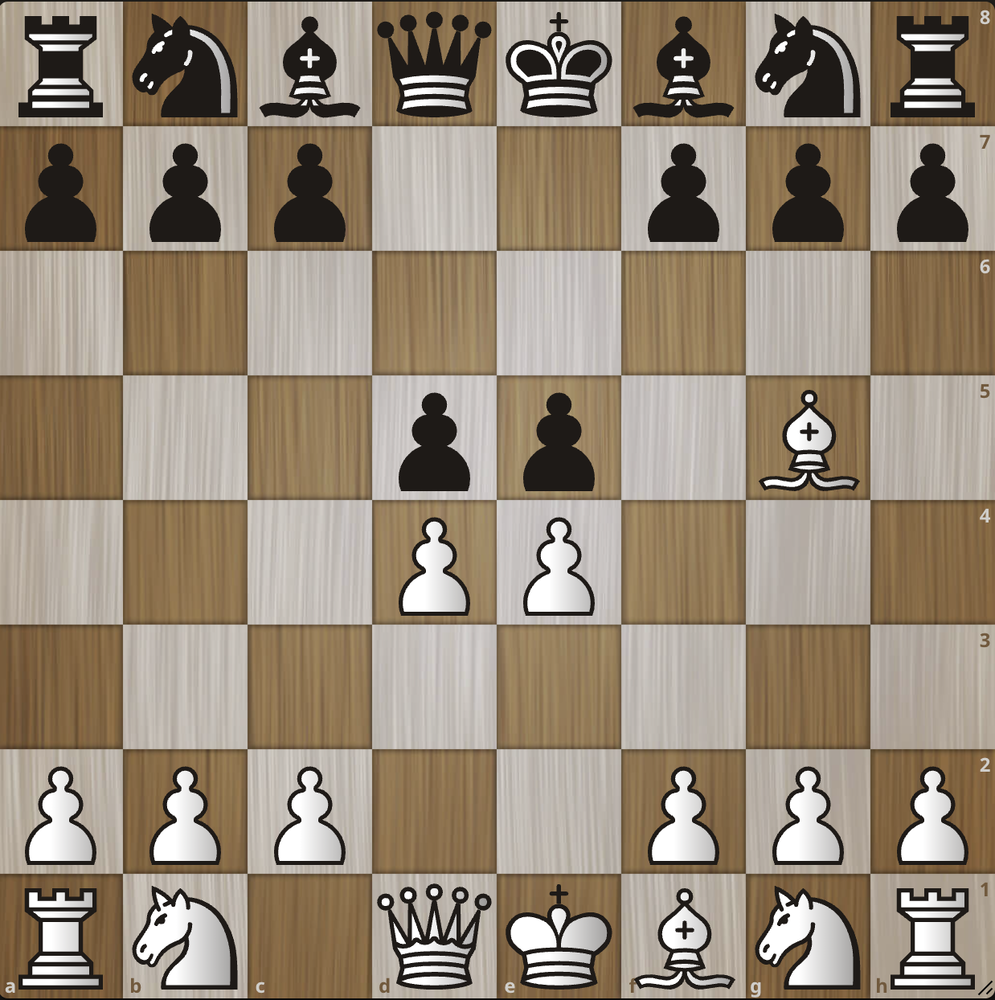Blindfold Chess vs. Regular Chess
Blindfold chess isn’t the same as regular chess. This seems obvious enough, however, the aforementioned statement lacks nuance. For one might argue that learning it feels like interacting with a completely different game altogether. In over-the-board and online play, pieces hold space before the eye. While pieces in mind, hold positions in space before the mind's eye.
The difference is that one takes significantly more cognitive focus than the other. As in mind, the player must constantly stay vigilant. While over-the-board, the mind is free to relax at times. For when there is a physical board state, one can sit at rest. While when the board is held in mind, the pieces rest in a realm of instability, a dynamic field state of sorts.
As of late, I’ve been training myself in the art of blindfold chess in order to possibly strengthen my play. What I’ve discovered however, was much more than I initially expected. First off, I'm starting to develop key principles that I didn’t know existed. One being that whenever you move a few pieces, say 1. e4 e5. You have to understand which pieces have become newly mobile as a result. In this case, the knights can of course move and now, so can the kings (Ke2, Ke7); however, the bishops are still locked in place along with the rooks and queens. If 2. d4 d5 are played thereafter, both white and black gain the ability to move their bishops. For example, if white decides to play 3. Bg5 (a blunder), he must anticipate what that bishop will “see” in the future, before making the move. Otherwise, if he fails to properly evaluate the future position, he may stumble onto a square already controlled by an enemy piece.
In regular chess, this isn't necessary, because you can easily visualize one move ahead while looking at the board. The queen is in plain sight, and as a result. It's much harder to hang your bishop in one fell swoop. In blindfold chess, you have to know that the queen is sitting on d8 and not c8 or e8. You also have to understand that the queen from that position on d8, is holding all dark squares along that diagonal trajectory. Meaning that the squares e7, f6, g5, and h4 are under the control of one piece. This is also to say that the player cannot confuse g5 with g4, f4, or f5. As doing so can lead to disaster.
I believe this is a type of enhanced inferential awareness or spatial awareness. Where the player learns to take into account an array of meta-layered micro-positional board states that they normally wouldn’t need to consider when playing over a physical board. This awareness, cultivated within the invisible world of blindfold chess, is a kind of mental mapmaking, a discipline that's not only changing how I play, but actively reshaping how I think.
This is probably the single biggest thing that I’ve noticed so far in learning to play blindfold chess when compared to playing regular chess.
Hello! We’re D.J. Hoskins
We are Davena and Jason Hoskins, co-authors of 40+ books and siblings who write under the pseudonym D.J. Hoskins. Three years apart and in our twenties, we have been fascinated by stories from a young age. Davena is a student attending Princeton University, and Jason attends Georgetown University.


